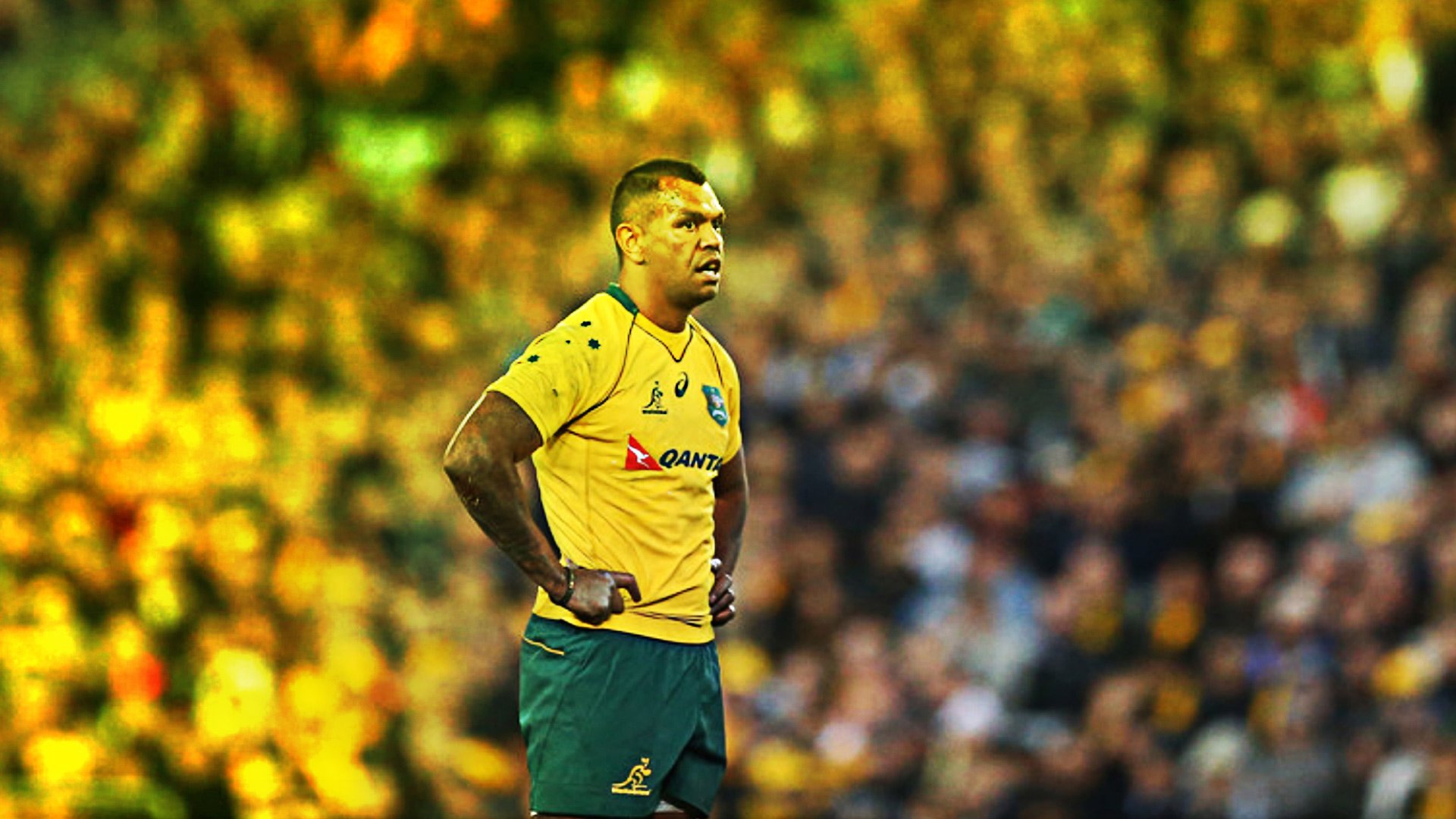Analysis: Why the Wallabies need to play Kurtley Beale at 12 against England

What a difference a few months can make.
England’s 3-0 whitewash over the Wallabies in Australia last June was a dramatic turnaround of fortunes for the side that was unceremoniously eliminated from the World Cup pool play in 2015.
Eddie Jones had seemingly masterminded the turnaround of England in less than a year, and after losing to Australia in the RWC pool match this tour was sweet revenge. England continued the reversal with their fourth consecutive win over in the November test last year.
However, one man was missing from all of that – Kurtley Beale.
His return to the Wallabies this year has been nothing short of sublime. Beale presence at 12 gives Australia more balance in attack, taking playmaking pressure off Foley and giving the Wallabies a world-class two-pronged attack alongside Israel Folau.
“Kurtley is the most wonderfully gifted player. He does things other players don’t even dream of,” praised England coach Eddie Jones.
“He’s got that ability to make that big play. His stint at Wasps has aided him, he’s become a lot more professional, a lot more consistent.
“He just adds that extra dimension that you don’t know where he’s going to turn up in attack, you don’t know what he’s going to do and he does it with skill, he does it with pace, he does it with precision and a smile on his face.’
With Folau rested for the end of year tour, Beale has been playing fullback. However, if Australia is going to reverse their recent results against England they need to revert him back to the jersey where he’s done the most damage – 12.
The White Wall
England’s revival and success down under against Australia last year was based on one key factor more than anything else – defence. Owen Farrell’s golden boot was a close second.
England’s defensive system successfully absorbed an enormous amount of pressure from the Wallabies. In the first test of the series, England held just 36 per cent of possession, they were outscored four tries to three, out-run 454 metres to 311 and out-carried 134 to 67 – but won the match 39-28.
Even more impressive – England’s second test 23-7 victory was won off an astoundingly low 29 per cent of possession. England doesn’t need the ball to win. They play defence and territory.
The system
England keeps its defensive line condensed with short spacing. They often leave space outside the 15 metre lines on the edges, and operate almost exclusively on ‘zero’ ruck contests. That is, they barely ever commit anyone to contest the breakdown – and when they do, players like Maro Itoje only seem to strike at opportune times.
The benefit is two-fold: England’s defensive line is often set early with as many bodies as possible (giving them a numbers advantage) and reduces any possibility of giving away ‘piggy-back’ ruck penalties.
England can sustain large waves of phases and still generate line speed by setting early.
Below we can see only one English body (the tackler) on the ground, short spacing across the field and space is given on the edge.
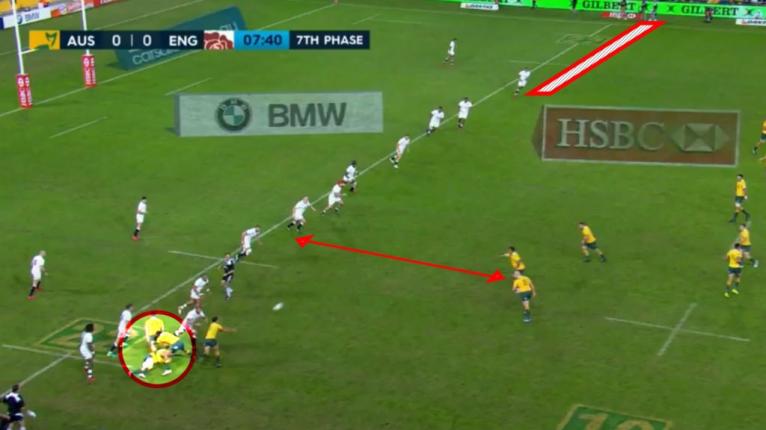
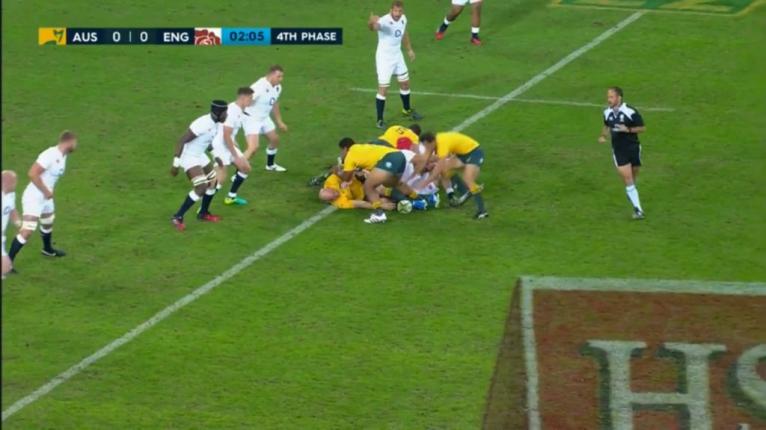
Folau is Batman – Beale is Robin
One of the key aspects of Beale playing 12 is he often takes over control of first receiver from Foley. He has the nous to identify space on the fringes and move the ball, knowing exactly when to release Folau.
In Bledisloe III, Beale ensured Folau had the ball when opportunities were presented on the edge. This eventually led to Folau’s crucial try right before halftime.
One of the failings of Foley last year was his inability to make the right decision, illustrated twice in this piece of play from the second test against England.
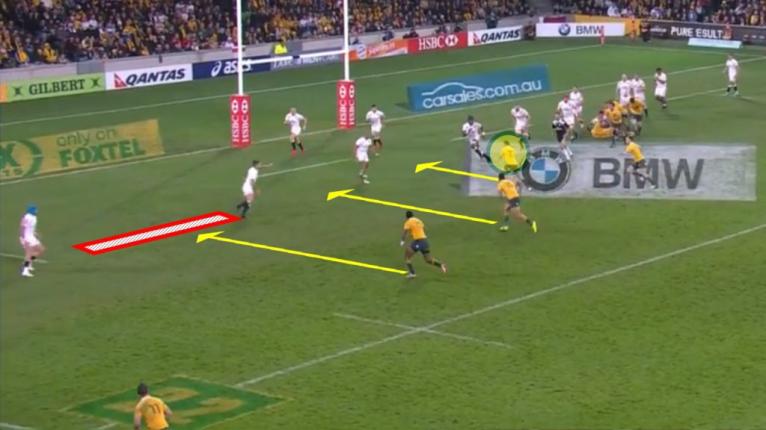
Foley receives the ball after 11 phases, with England stretched. He has Folau and Kuridrani outside with both players running into space as genuine receiving options. Rob Horne is also at the bottom of the screen.
Foley decides to dummy and takes on the line himself, while both Kuridrani and Horne are free options. Kuridrani is likely to score with a cutout pass.
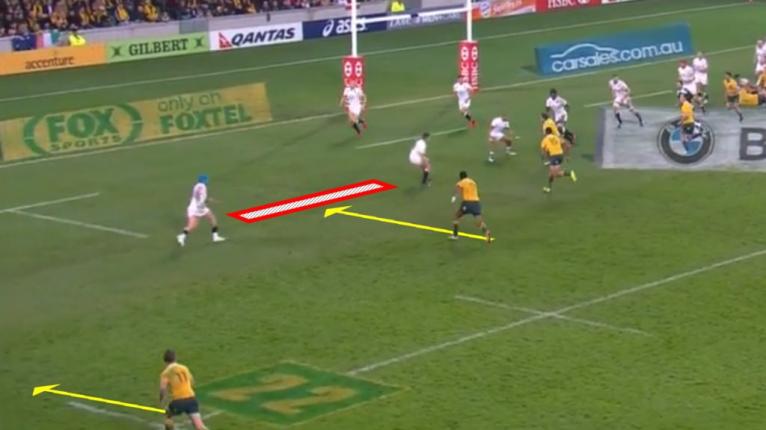
Three phases later the same situation presents itself.
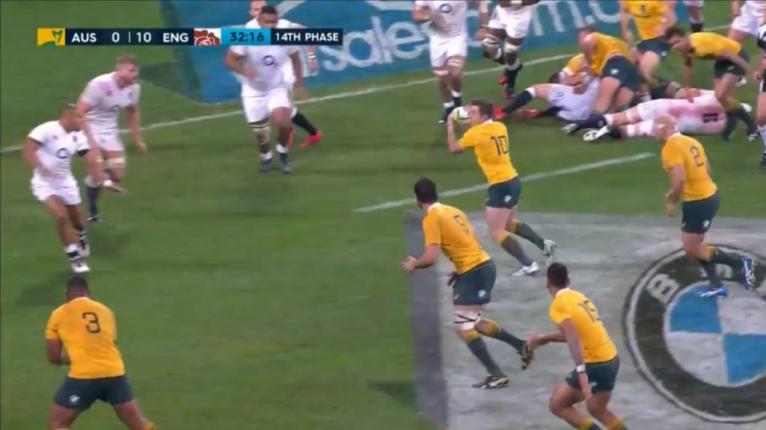
Foley dummies and goes himself for a second time, despite having a huge overlap. England’s winger Jack Nowell jams-in to cover, leaving Kuridrani and Horne open with acres of space.
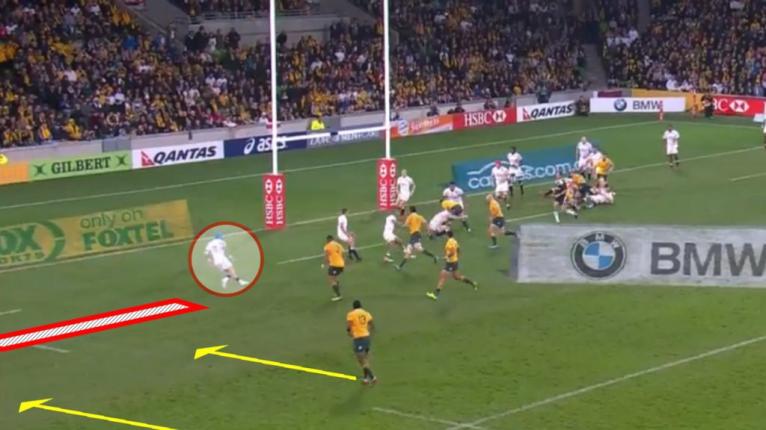
Foley’s form this year has not been his best. If he is tasked with too much and does not have Beale to shoulder the load, he will fail.
With England’s strong defensive system, Australia’s best chances of breaching the line will be on the fringes. With Beale stationed wide at fullback, the ball may never get to him when it needs to.
Beating England without Folau is going to be a tall order, beating England with Beale at fullback is even less probable.
































































